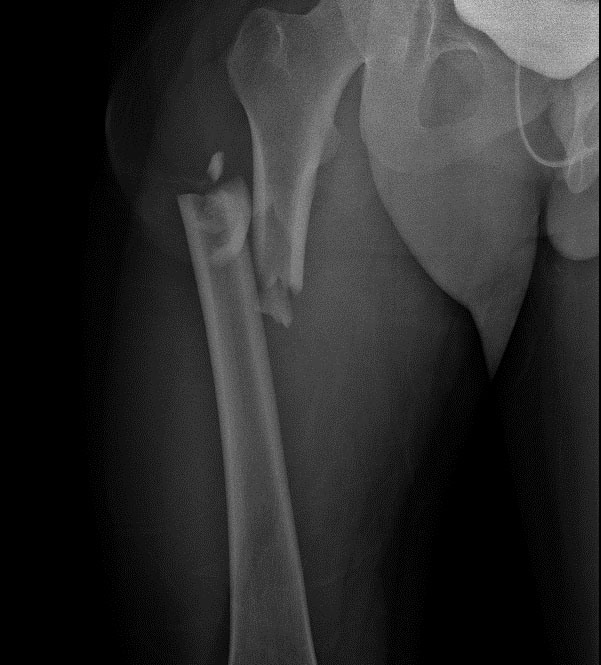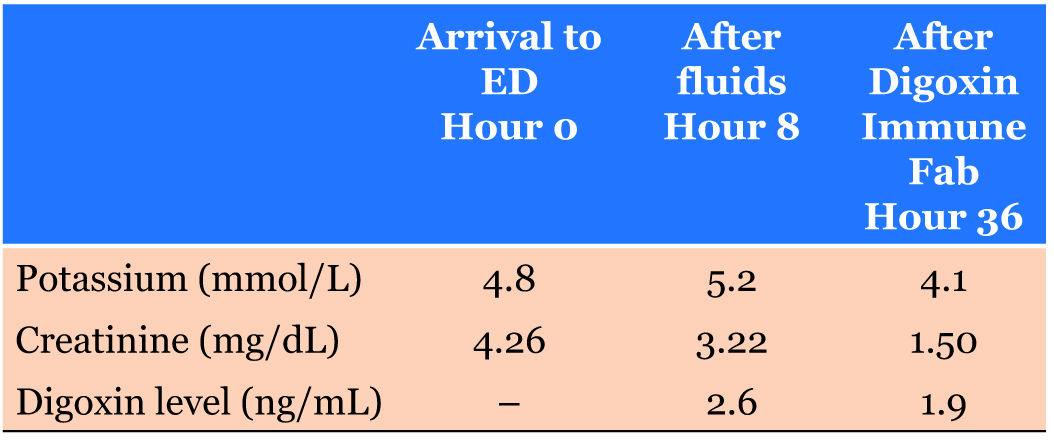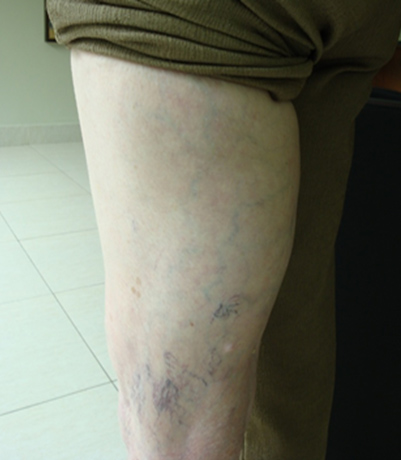 |
Case Report
“One in a million”: A case of a very early onset schizophrenia
1 Assistant Professor of Psychiatry, Department of Psychiatry, Penn State Health Milton S. Hershey Medical Center, Hershey, Pennsylvania, USA
2 PGY4-Child and Adolescent Psychiatry Fellow, Department of Psychiatry, Penn State Health Milton S. Hershey Medical Center, Hershey, Pennsylvania, USA
Address correspondence to:
Daisy Vyas Shirk
DO, 875 Stoverdale Road, Hummelstown, Pennsylvania 17036,
USA
Message to Corresponding Author
Article ID: 100083Z06DS2020
Access full text article on other devices

Access PDF of article on other devices

How to cite this article
Shirk DV, Pathak M, Lagman JG, Janjua KS. “One in a million”: A case of a very early onset schizophrenia. Case Rep Int 2020;9:100083Z06DS2020.ABSTRACT
Introduction: Very early onset schizophrenia (VEOS), psychosis prior to age 13, is rare with an incidence of less than 0.04%. Its clinical presentation, course, and outcome differ from early onset (ages 13–18) and adult onset (ages 18 and up) schizophrenia. It is associated with poor response to treatment, poorer prognosis, and multiple hospitalizations. Early identification and intervention has shown to improve overall functioning.
Case Report: We present a case of a 12-year-old female with significant family history of psychosis, admitted due to physical and verbal aggression, sexual inappropriateness, destruction of property, response to internal stimuli, decline in functioning, and 10 month history of social isolation. She responded to risperidone treatment. The patient was discharged to partial hospitalization program but could not tolerate the group setting resulting in discharge to outpatient services. Psychosocial supports were put in place to help with environmental and family dynamics to improve outcome.
Conclusion: As per a recent study, one-third of children and adolescents with psychosis initially present with negative symptoms. It has also been reported that 30% of those with negative symptoms develop treatment failure with antipsychotics. Given these statistics and the treatment challenges of this case, it was imperative to provide additional psychosocial supports to the patients and families, to improve overall functioning and long-term prognosis.
Keywords: Compliance, Intellectual disability, Psychotic disorders, Psychosocial support systems
SUPPORTING INFORMATION
Author Contributions
Daisy Vyas Shirk - Substantial contributions to conception and design, Acquisition of data, Analysis of data, Interpretation of data, Drafting the article, Revising it critically for important intellectual content, Final approval of the version to be published
Meenal Pathak - Acquisition of data, Analysis of data, Interpretation of data, Drafting the article, Revising it critically for important intellectual content, Final approval of the version to be published
Jasmin Gange Lagman - Acquisition of data, Analysis of data, Revising it critically for important intellectual content, Final approval of the version to be published
Khurram S Janjua - Acquisition of data, Analysis of data, Drafting the article, Final approval of the version to be published
Guaranter of SubmissionThe corresponding author is the guarantor of submission.
Source of SupportNone
Consent StatementWritten informed consent was obtained from the patient for publication of this article.
Data AvailabilityAll relevant data are within the paper and its Supporting Information files.
Conflict of InterestAuthors declare no conflict of interest.
Copyright© 2020 Daisy Vyas Shirk et al. This article is distributed under the terms of Creative Commons Attribution License which permits unrestricted use, distribution and reproduction in any medium provided the original author(s) and original publisher are properly credited. Please see the copyright policy on the journal website for more information.





